


News

PUBLISHED ON: 10 NOV 2025, 09:49 AM
Nigeria’s top para-badminton stars are gearing up for one of the most significant events of the year, the 2025 Indonesia Para-Badminton International, set to take place in Jakarta from October 29 to November 2. The tournament, part of the BWF Para Badminton World Circuit, will feature elite athletes from across the globe competing for crucial ranking points and international recognition. For Team Nigeria, this event represents more than just competition. It’s a chance to showcase their growth, determination, and rising stature on the world stage.
Leading the Nigerian contingent are Mariam Eniola Bolaji and Nnanna Chigozie Jeremiah, two of the country’s most successful para-badminton players in recent years. Bolaji, competing in the SL3 category, has earned widespread respect for her consistency and fighting spirit. Known for her quick movement, strategic play, and relentless focus, she will look to replicate her past international success and strengthen her ranking ahead of next year’s Paralympic qualifiers.
Meanwhile, Jeremiah, competing in the SL4 category, has shown remarkable improvement over the past season. His court coverage, agility, and tactical intelligence have made him one of Africa’s most promising players. Both athletes are expected to face stiff competition from established players from Asia and Europe, including top seeds from Indonesia, China, and Japan.
Team Nigeria’s preparation has been intensive in recent months. Training camps in Abuja and Lagos focused on physical conditioning, technical drills, and mental resilience. Supported by the Badminton Federation of Nigeria (BFN), the athletes have been working under national coach Mohammed Bako, who emphasized the importance of consistency and adaptability in international tournaments.
Para-badminton has witnessed remarkable growth in Nigeria over the past decade. Once a little-known discipline, it has now become a symbol of resilience and inclusion in the country’s sporting community. Athletes like Bolaji, who won gold at the 2021 Spanish Para-Badminton International, have inspired a new generation of players with disabilities to take up the sport.
The Nigerian government and BFN have been collaborating to ensure athletes receive the necessary funding, equipment, and exposure to international competition. These efforts have begun to pay off, as Nigerian players now regularly qualify for top-tier tournaments under the BWF Para Badminton World Circuit calendar.
The 2025 Indonesia Para-Badminton International is not just a tournament, it’s a critical opportunity for Nigeria’s athletes to secure valuable ranking points ahead of the 2026 World Championships and the 2028 Los Angeles Paralympic Games. Strong performances in Jakarta could significantly improve their international standing and attract sponsorships that will further support their training.
Additionally, success in this event will help Nigeria continue building momentum in para-sports. It also opens doors for future collaborations with other nations in training and development programs.
Team Nigeria’s participation in the 2025 Indonesia Para-Badminton International reflects the country’s growing prominence in global para-sports. With determined athletes like Mariam Eniola Bolaji and Nnanna Chigozie Jeremiah leading the charge, Nigeria is not just competing, they are inspiring. Their journey symbolizes hope, perseverance, and the unyielding spirit of athletes who overcome challenges to make their mark on the world stage. As the tournament begins in Jakarta, all eyes will be on Team Nigeria to deliver performances that could redefine their place in international para-badminton.
Disclaimer: The insights and analyses presented in this feature reflect the author’s individual perspectives and strategic interpretations. Readers are encouraged to evaluate thoughtfully, embrace multifaceted viewpoints, and architect their own informed conclusions.
Experience the future of information flow with Trending News—your centralized command center for real-time updates shaping the global conversation. From breaking headlines and expert-driven insights to viral stories and culture-shifting developments, we pipeline the world’s most dynamic narratives directly to your digital ecosystem.
Stay informed. Stay empowered. Stay in the know—exclusively with Sports Live Hub!
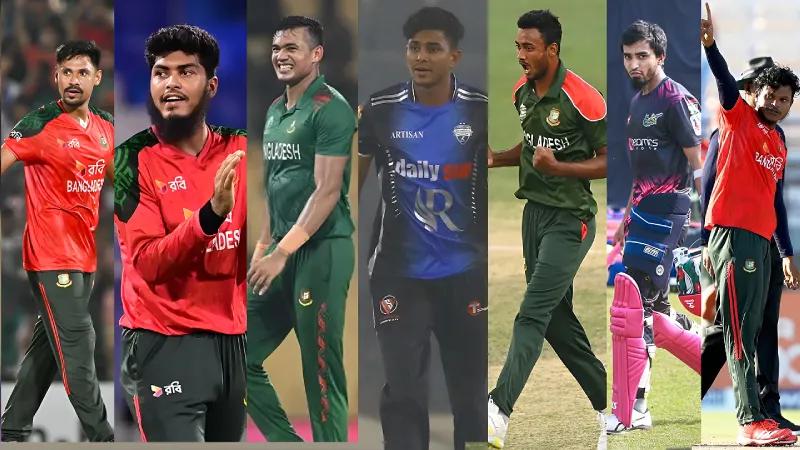
1 week ago
Read More
1 week ago
Read More
1 month ago
Read More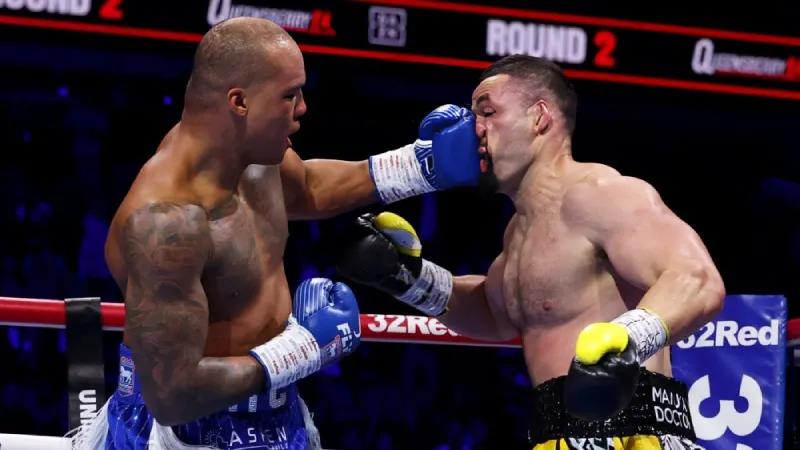
1 month ago
Read More
1 month ago
Read More
1 month ago
Read More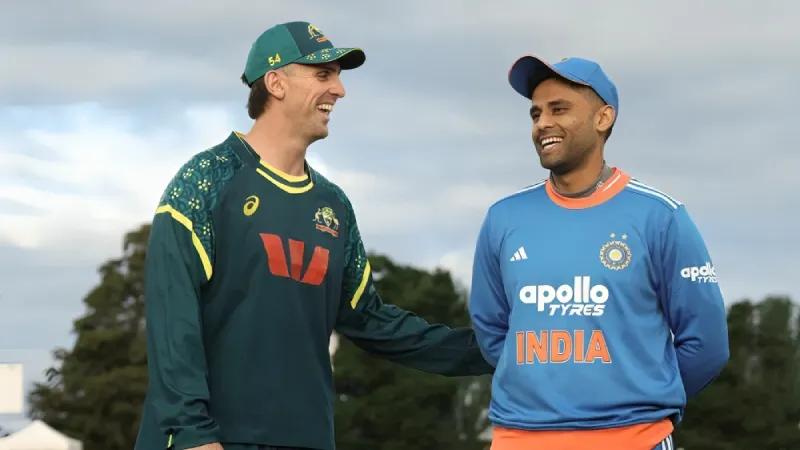
1 month ago
Read More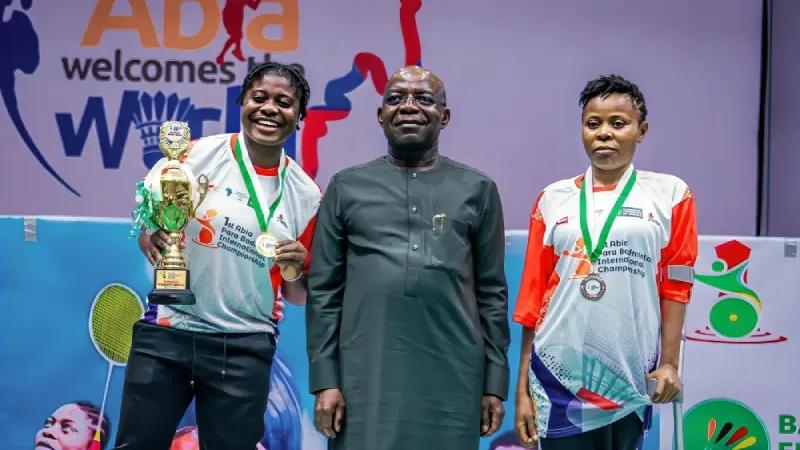
1 month ago
Read More
1 month ago
Read More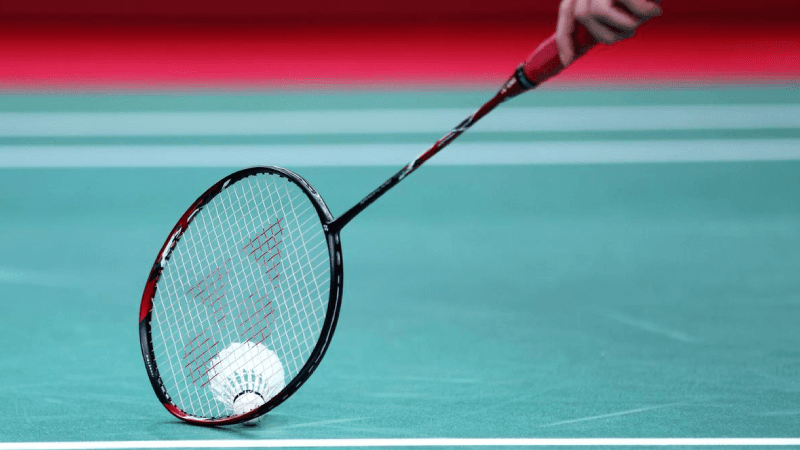
1 month ago
Read More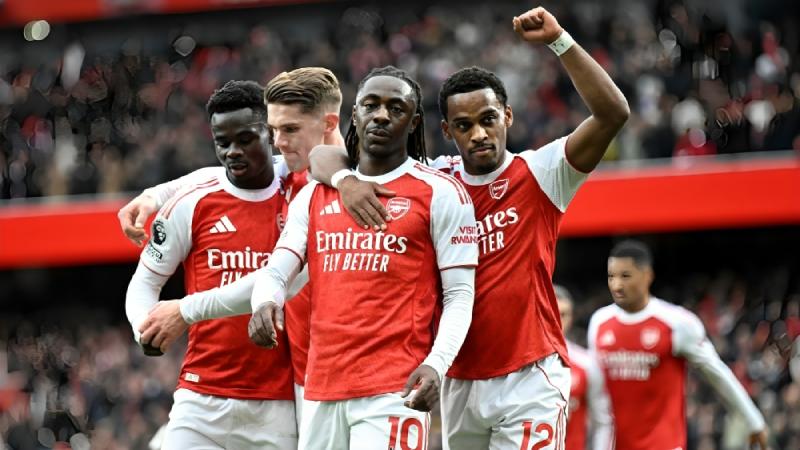
1 month ago
Read More
1 month ago
Read MoreEnd of the page